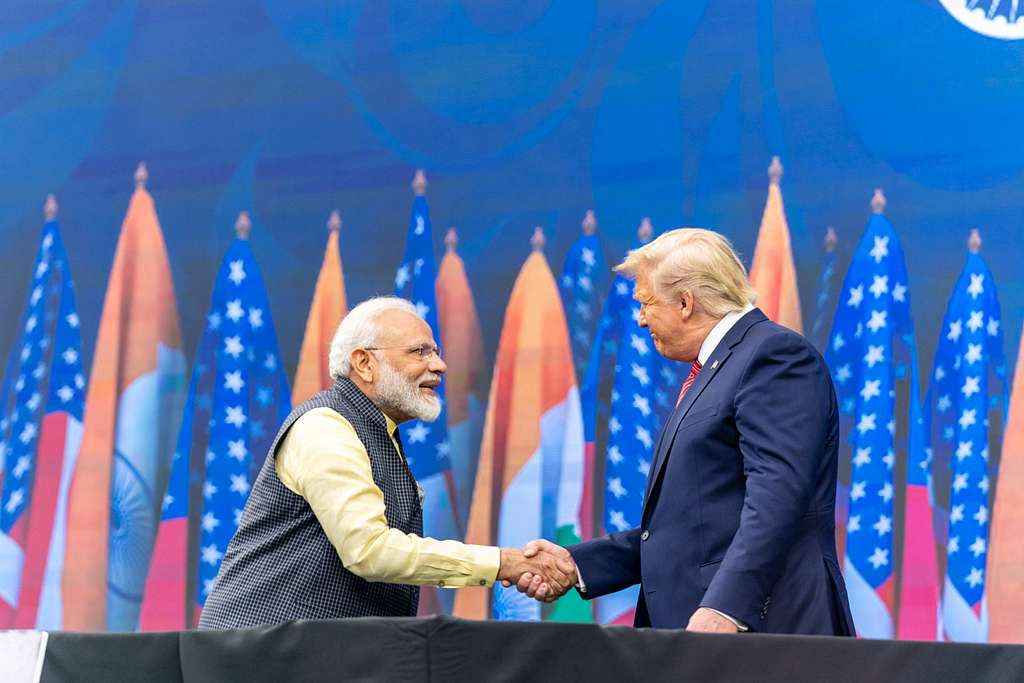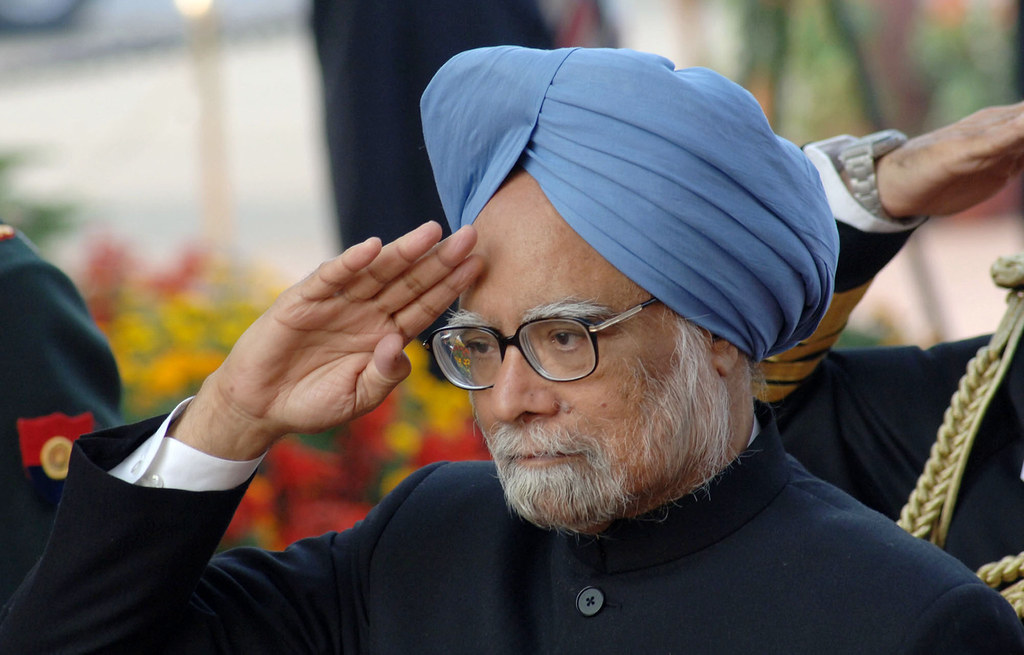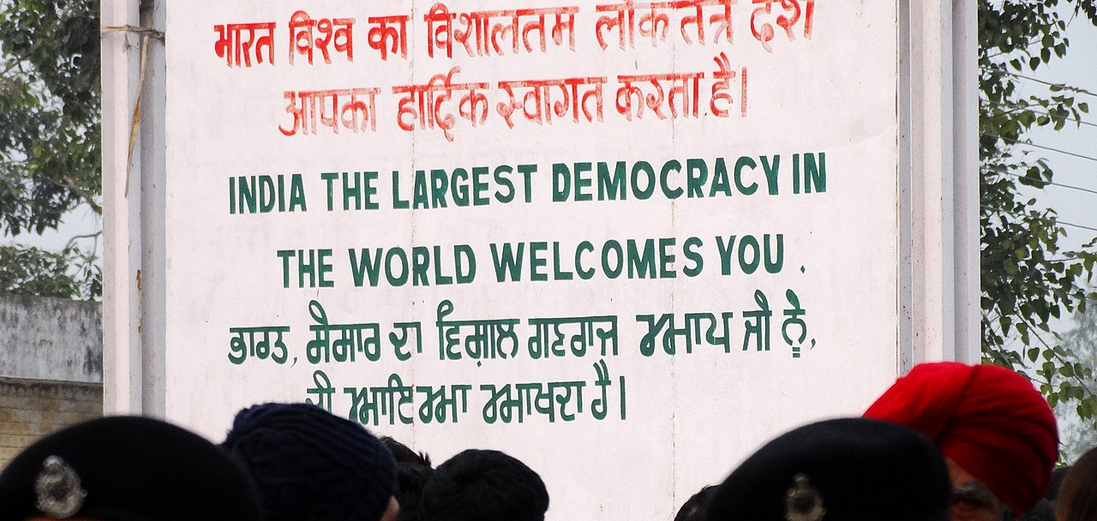In the din over the Congress presidential election last month, a small news item went almost unnoticed. It quoted unnamed Bharatiya Janata Party (BJP) leaders saying that JP Nadda is likely to get an extension as president of the party in January next year. Congress supporters accuse the media of singling out the party’s feudal “high command” culture for intense scrutiny while ignoring the BJP’s opaque “selection” procedure. The truth is, while the BJP acts with military-style regimentation, the Congress’s moves are like a political soap opera with no shortage of drama and excitement. Perhaps, in the Congress’s half-hearted stab at internal democracy lies a recipe for chaos, while the BJP ensures that its decision-making is tightly controlled.
When, for example, in August, senior Union minister Nitin Gadkari and Madhya Pradesh chief minister (CM) Shivraj Singh Chouhan were dropped from the BJP parliamentary board, the party’s highest decision-making body, no explanations were given. When Vijay Rupani was removed overnight as Gujarat CM and replaced by the relatively unknown Bhupendra Patel last year, there was no outcry over why Members of Legislative Assembly (MLAs) were not consulted before the decision. In the Narendra Modi-Amit Shah era, the BJP is a party with little time for democratic niceties. The overarching personality cult around the prime minister (PM) ensures total obedience: No questions are asked, no answers given.
In sharp contrast, the ubiquitous high command of the Congress is neither high in stature nor in command at the moment. The near unprecedented rebellion in the Congress ranks in Rajasthan mirrors this reality. As long as the Gandhi family was seen to deliver votes, it earned the respect of the party faithful. But a series of election defeats in the last decade have diminished the power of the first family to demand eternal devotion. Rajasthan CM Ashok Gehlot may have since fallen in line and apologised to Sonia Gandhi, but the messaging is clear: Even the support of long-standing family loyalists can no longer be taken for granted.
Ironically, there was a time when the BJP found itself in a not too dissimilar position. Recall how Uma Bharti, in 2004, famously walked out of a BJP meeting in the full glare of TV cameras after a spat with the party’s top leadership. The BJP had just lost the general elections, and the party hierarchy seemed almost powerless. Strange as it may seem today, Gadkari as party president couldn’t get Modi to even campaign in the 2012 Uttar Pradesh elections.
Moreover, the BJP’s command structure is unique because of its complex relationship with the Rashtriya Swayamsevak Sangh (RSS), wherein the road to Delhi must take a detour through Nagpur. Rewind to 1998 when the RSS leadership vetoed Jaswant Singh’s nomination as finance minister in the Atal Bihari Vajpayee government. Whether it was seeking LK Advani’s resignation as party president for his laudatory remarks on Jinnah in 2005 or pushing for Modi as the chosen one for prime ministership in 2013, the RSS has been the BJP’s ultimate third umpire.
Paradoxically, while the RSS’s role appears prima facie anti-democratic, it also ensures a measure of accountability within the BJP. Even a leader of Vajpayee’s stature couldn’t survive the 2004 general election defeat because the RSS decided it was time to move on. In this age, the RSS appears less assertive, but that is only because the BJP’s electoral successes and ideological push under Gujarat’s Jodi #1 have given it little reason to quibble.
By contrast, the Congress’s high command is elected, but as yet, unaccountable. Two massive defeats in 2014 and 2019 should have led to internal churning and disruption in the status quo. Instead, after Rahul Gandhi’s dramatic resignation in the aftermath of the 2019 defeat, the party was unable to find a suitable replacement, eventually plumping for Sonia Gandhi’s return as interim president.
The perception of a non-meritocratic, family-run party is unshakeable: Since 1998, when Sonia Gandhi took over the party leadership, the Congress hasn’t thrown up many mass leaders of substance, with Gehlot and the late YS Rajasekhara Reddy being the two exceptions.
Contrast this again with the BJP, which, in this 24-year period, has had as many as 10 party presidents. Not all of them were tall leaders or even suitably empowered, but their names conveyed the impression of change over continuity. A Nadda, for example, may be dwarfed by Modi’s larger-than-life presence, but by catapulting him to the president’s post, he is now a nationally recognisable face.
This is where the Congress high command has missed a trick to reinvent itself. Rather than electrifying its cadre with a generational change at the top, the party has tied itself up in knots by turning to its trusted but failed old order. By once again looking to the future through the rearview mirror, the Congress is in danger of remaining fossilised: Can an octogenarian Congress presidential front-runner such as Mallikarjun Kharge take on an energetic Nadda, who is travelling to some corner of the country every week to refurbish the BJP’s ground game?
Post-script: At the Congress headquarters last week, several party workers from Madhya Pradesh were in anticipation of Digvijaya Singh filing his nomination as party president. When in a last minute twist, their leader withdrew in favour of Kharge, there was anger. “We want a more dynamic person from the Hindi heartland,” was the loud chorus. I wonder if similar voices of dissent would be tolerated at the BJP headquarters. Ironically, a disorganised Congress also offers more freedom to speak out.
Rajdeep Sardesai is senior journalist and author
The views expressed are personal





































































































































































